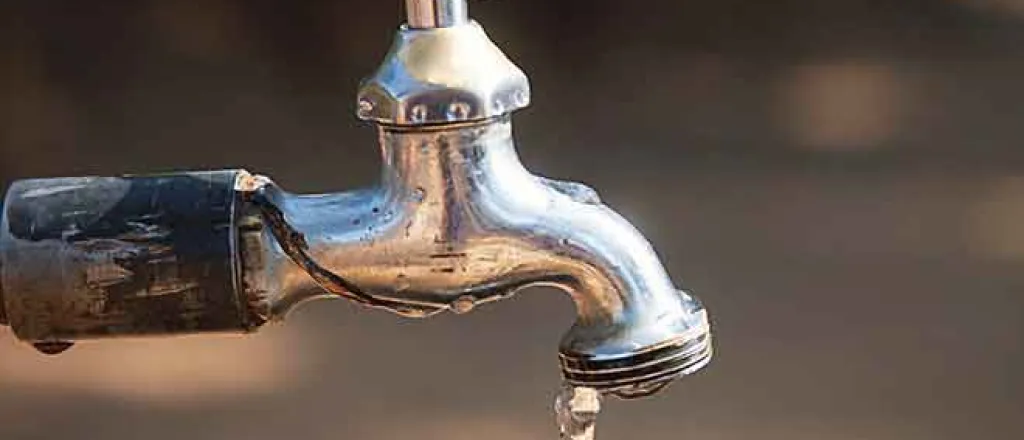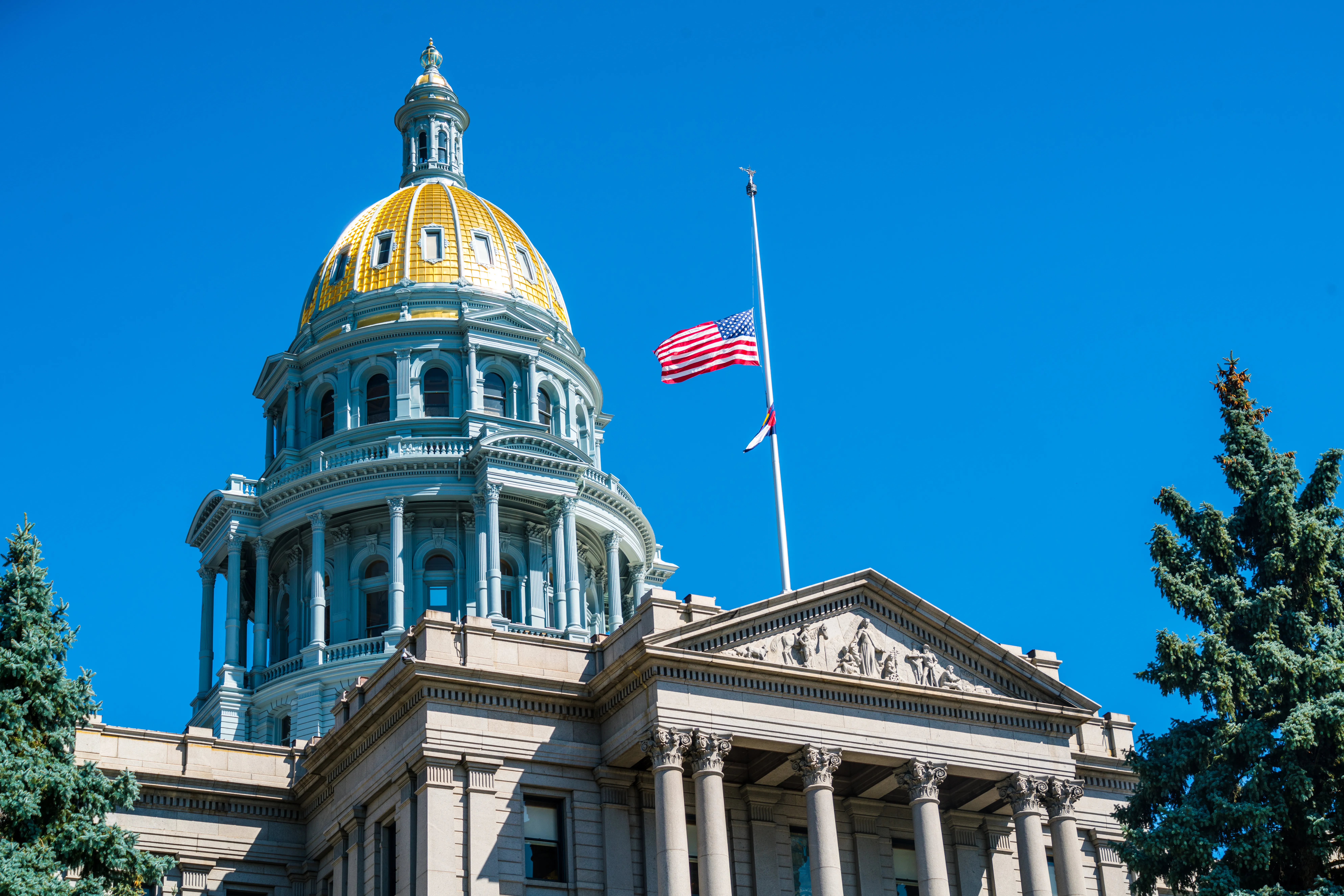
Who should pay for water conservation in the West? Water managers wade into discussion
Water managers from throughout the Colorado River Basin took the stage at the Colorado River Water Users Association conference earlier this month to talk about conserving water in the face of the twin threats to the river: increasing demand and climate change.
The state of Colorado is currently exploring a water-use-reduction program that is largely designed to pay farmers and ranchers on the Western Slope to voluntarily conserve water. While there’s still debate whether such a program should be implemented, the first question many ask is how to pay for such a program. In recent months, some water managers have come up with innovative ways to fund the controversial water-use-reduction plan — known as demand management — that wouldn’t rely entirely on taxpayers.
The drought contingency plan, which water leaders inked at last year’s annual CRWUA meeting, set up a reserve account of 500,000 acre-feet of water that the Upper Basin — Colorado, Wyoming, Utah and New Mexico — could use to store water in Lake Powell as an insurance policy against dwindling reservoir levels.
In November, Colorado voters passed Proposition DD, which is projected to funnel roughly $16 million a year to the Colorado Water Conservation Board, or CWCB, by taxing sports betting. Demand management is one of the two things money from Proposition DD could fund (the other is Water Plan grants).
However, it’s widely accepted that $16 million is not enough to fund either of those things in their entirety. Demand management needs other sources of money.
Although the Glenwood Springs-based Colorado River Water Conservation District still isn’t convinced that a demand-management program is the right approach for the Western Slope, general manager Andy Mueller told the Las Vegas crowd that the Upper Basin has to reduce its water consumption — and explore creative solutions to accomplish that.
“I often talk about the Lower Basin overuse and how that’s driving the problem, and I will say they in the Lower Basin need to fix that problem,” Mueller said. “I will also say we in the Upper Basin … need to reduce our use. The science is pretty clear. Water we all thought was there even 15 years ago is not going be there. You can’t have water for the environment and the people if we are not reducing consumptive use throughout the basin.”
Who should pay?
So, if nearly all water users on the Colorado River, including those in the Lower Basin — California, Nevada and Arizona — would stand to benefit from a demand-management program, who should pay for it?
Not Colorado taxpayers, Mueller said, at least not entirely.
“Eighty million (dollars) a year would need to be out there in payments to get the appropriate amount of water in Lake Powell,” he said. “That cost to taxpayers is too high. So you turn to: Who else benefits from us creating a storage account in Lake Powell?”
One answer: power providers in both the Upper and Lower Basin states, who all need Lake Powell to remain above 3,525 feet, the minimum level required to continue generating hydropower. Some Upper Basin power cooperatives such as Western Area Power Administration, which sell power to local communities, including Aspen and Glenwood Springs, purchase hydropower generated at Lake Powell. Adding a small demand-management surcharge to customers’ bills is something that should be explored, Mueller said.
“Power customers should share in the costs of us storing for demand management,” Mueller said.
Another potential source of funds could be nonprofit environmental groups, since sending more water downstream to Lake Powell would also benefit stream health. The federal government, whose Bureau of Reclamation operates Lake Powell and Lake Mead, also has a role to play, Mueller said.
But no matter where the money comes from, Mueller said it must be channeled through the CWCB in a heavily regulated market to prevent speculation by private buyers.
“We have been very clear it needs to be a guided market if it’s going to happen, with lots of thoughtful, proactive rules to prevent lots of serious consequences,” he said.
State-led exploration
The CWCB currently has a workgroup devoted to exploring how to fund demand management. The group has met twice so far, but CWCB facilitator Anna Mauss said the two biggest questions the group is grappling with are these: how much water is needed and what would the cost be. The workgroup, she said, will dive deeper into funding strategies at the next meeting, scheduled for the end of January.
“We are baby-stepping into this, trying to be diligent,” Mauss said. “It’s really just looking at scenarios at this point.”
The state is also encouraging innovative ideas from the private sector. The CWCB recently awarded $72,000 to 10.10.10, a Colorado Nonprofit Development Center project that aims to tackle “wicked problems” in water and climate. Under the program, 10 entrepreneurs will, over 10 days, attempt to tackle 10 systemic issues that are not adequately addressed by government, organizations or institutions.
“Yes, we are looking at demand management, and it could be one of the wicked problems we address,” said Jeffrey Nathanson, president of 10.10.10.
Platform for payment?
While some people work on finding sources of funding, others are already creating a platform to pay irrigators once the money is in place. Southwest Colorado water managers Steven Ruddell and David Stiller think a reverse auction to compensate water users for using less is the best way to go.
A reverse auction, which features many sellers (farmers and ranchers) and one buyer (the state of Colorado through the CWCB), would allow water-rights holders to set the lowest price they are willing to accept to voluntarily send their water downstream. According to Ruddell and Stiller’s paper on the subject, a reverse auction would remove paying for demand management from a political process and move it into a market-based process that lets water-rights holders bid the fair-market value of their water. It would also keep costs down for the CWCB.
Ruddell and Stiller presented their reverse-auction idea at the Upper Colorado River Basin Forum at Colorado Mesa University last month.
“We’ve tried to bite off a small piece of demand management by suggesting we use an auction that people are familiar with,” Ruddell said. “It’s used to determine the value of something, especially in the ag world.”
There are still many questions surrounding how a demand-management program might be paid for.
“There are all sorts of options,” Mueller said. “We shouldn’t just focus on raising taxes in our state.”
Aspen Journalism collaborates with The Aspen Times and other Swift Communications newspapers on coverage of water and rivers. This story appeared in the Dec. 30 edition of The Aspen Times. Aspen Journalism is an independent, nonprofit news organization. See aspenjournalism.org for more.
















